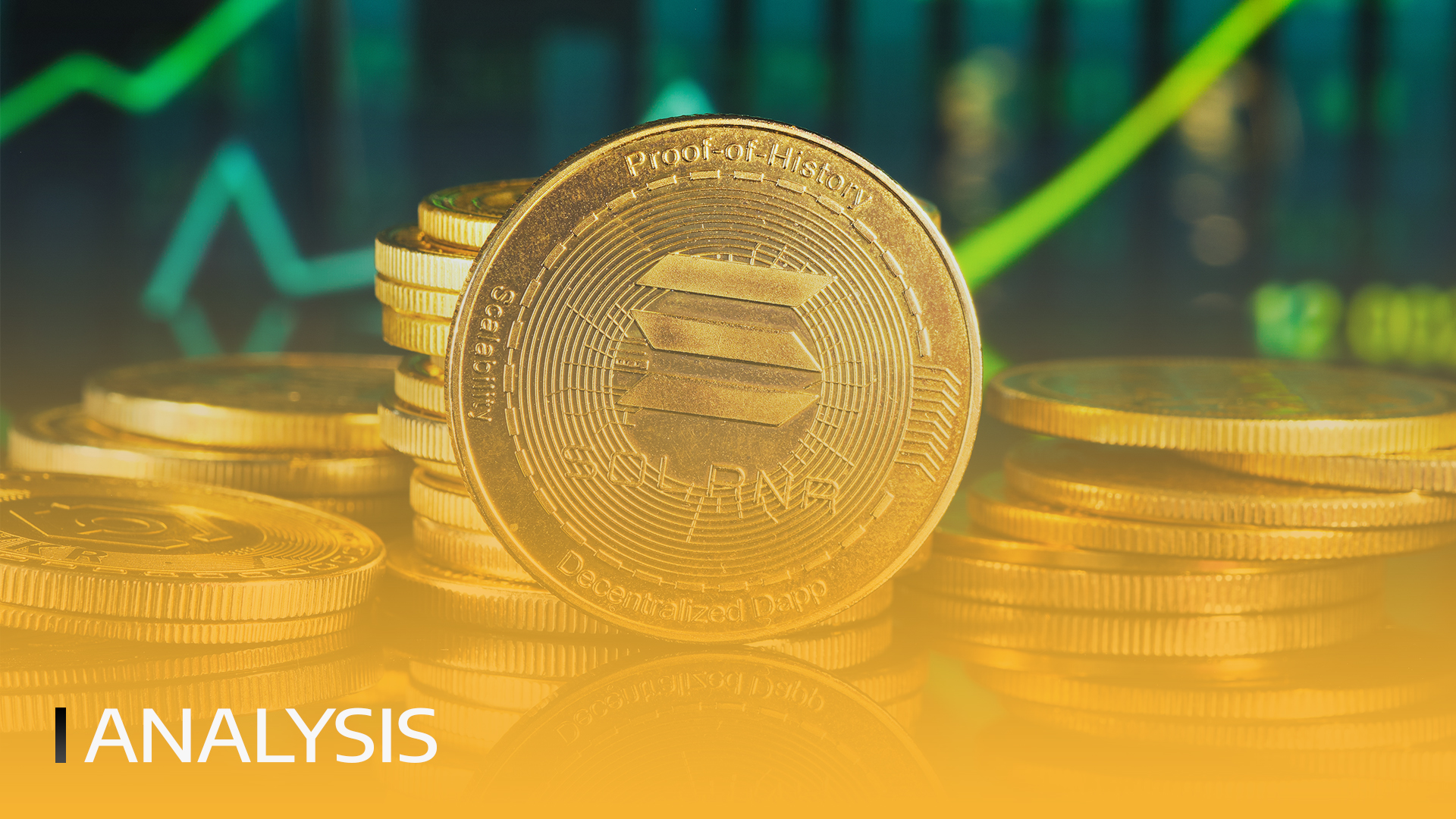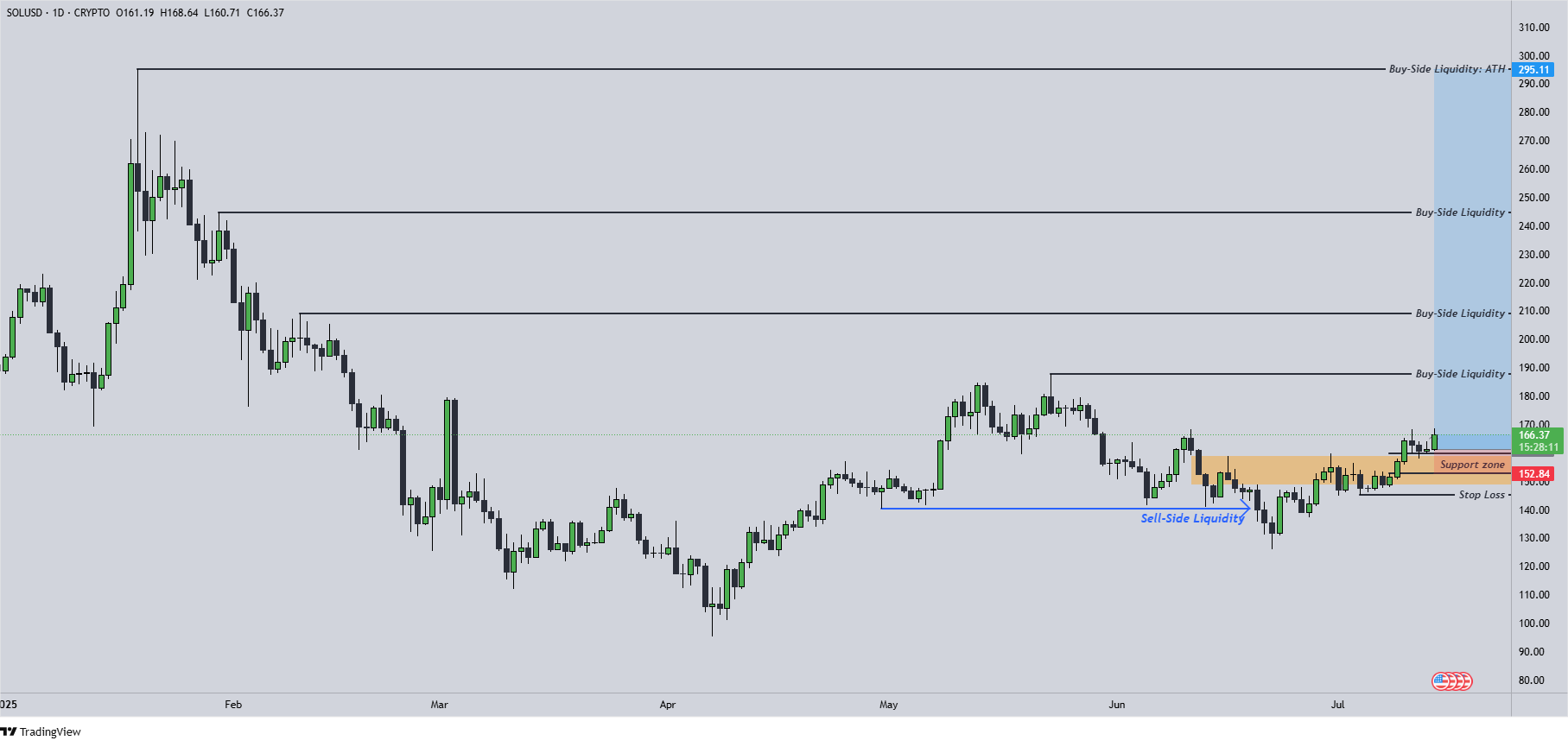Can Solana Double in 2025?

Bitcoin, the flagship asset of the cryptocurrency market, continues to dominate headlines as it surpasses previous all-time highs—gaining over 25% since the June low. However, this analysis shifts focus to market participants who may have missed the initial breakout but are seeking opportunities to engage with the current bullish momentum.
One key question arises: Could Solana, still trading well below its peak, represent a compelling opportunity in the current cycle?
Solana technical analysis
An important observation with regards to price activity is that Solana remains significantly below its all-time high. This positioning may offer comparatively higher growth potential relative to assets currently trading near their peak valuations.
Additionally, entering a position within a discount zone can result in a more favorable risk-to-reward setup. In Solana’s case, the estimated risk-to-reward ratio (RRR) currently stands at approximately 1:16.
Zooming in on the technical structure, Solana's price briefly moved below a key liquidity level at the end of June. This area likely contained a concentration of Sell Stop orders positioned just beneath a notable swing low, creating conditions that could attract institutional interest.
Following this liquidity sweep, price action confirmed a potential long entry. This confirmation came in the form of an impulsive daily close above a final resistance zone—previously associated with bearish price delivery within the internal structure. This resistance zone is marked in orange on the accompanying chart.
Solana price target

SOLUSD - 1 Day Time Frame
From the moment of this breakout, the long setup appears technically validated, with a conventional Stop Loss level positioned just below the identified internal low. Regarding potential take-profit levels, the primary target supporting the 1:16 RRR remains Solana’s all-time high.
However, market participants could be mindful of securing partial gains at intermediate Buy-Side Liquidity levels, also indicated on the chart. Doing so may reduce exposure while preserving upside participation in the event of continued price appreciation.